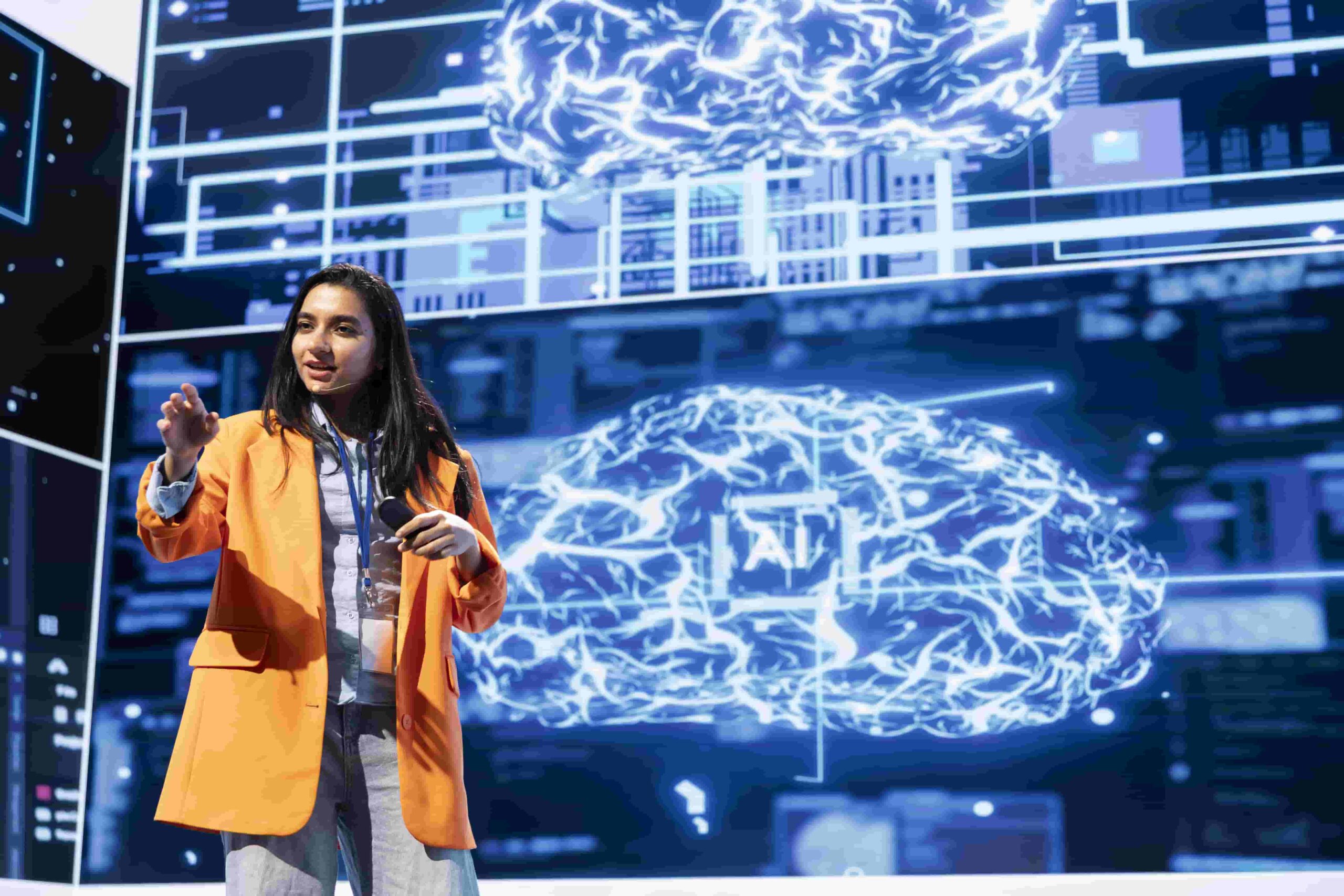The combination of OpenAI Azure brings together cutting-edge artificial intelligence capabilities with the scalability, security, and performance of Microsoft Azure’s cloud infrastructure. For businesses aiming to innovate, automate, and enhance their digital presence, this integration opens new opportunities in software development, analytics, automation, and customer engagement.
How OpenAI Azure Works
At its core, OpenAI provides advanced natural language processing models, machine learning capabilities, and generative AI tools. When deployed through Azure, these capabilities gain enterprise-level performance, compliance, and seamless integration with other Microsoft services such as Azure Machine Learning, Azure Cognitive Services, and Azure Synapse Analytics.
By hosting AI workloads on Azure, organizations can process massive datasets, run complex computations, and deliver AI-powered applications to users worldwide with minimal latency
Benefits of Using OpenAI on Azure
Scalability for AI Workloads
AI applications require significant computing resources. Azure’s elastic infrastructure allows AI models to scale based on demand—ideal for chatbot deployment, predictive analytics, and large-scale content generation.
Enhanced Security and Compliance
Azure provides enterprise-grade security, identity management, and compliance certifications. This ensures that sensitive AI-driven processes, such as analyzing customer data or generating reports, adhere to regulatory standards.
Integration with Existing Systems
OpenAI Azure integrates smoothly with CRM platforms, ERP systems, data warehouses, and analytics tools, enabling businesses to embed AI insights directly into their workflows.
Accelerated Development Cycles
With Azure’s DevOps tools, AI models can be developed, tested, and deployed rapidly. This accelerates innovation cycles and reduces time-to-market for AI-powered applications.
Practical Applications of OpenAI Azure
AI-Powered Customer Support
Companies can build intelligent chatbots and virtual assistants capable of understanding complex queries and providing human-like responses. This leads to faster resolutions and better customer experiences.
Automated Document Processing
By combining AI language models with Azure’s data services, businesses can extract, analyze, and summarize information from thousands of documents instantly.
Predictive Analytics for Business Decisions
OpenAI models on Azure can analyze historical data, detect trends, and forecast future outcomes—helping companies make informed, data-driven decisions.
Content Generation and Personalization
Organizations in marketing, e-commerce, and media can use AI to generate product descriptions, blog articles, and personalized recommendations at scale
Challenges and Considerations
While OpenAI Azure offers transformative potential, it’s important to address considerations such as cost optimization, ethical AI usage, and data governance. Businesses should implement AI responsibly, ensuring transparency and avoiding biases in model outputs.
Future of AI with Azure
The partnership between OpenAI and Azure is shaping the next generation of intelligent applications. As AI models become more capable, and Azure continues to expand its infrastructure and services, businesses will have access to increasingly powerful tools to transform their operations.
Conclusion
OpenAI Azure is more than just a technology stack—it’s a catalyst for digital transformation. By merging OpenAI’s AI capabilities with Azure’s robust cloud ecosystem, organizations can unlock automation, efficiency, and innovation on a scale never seen before. For enterprises looking to lead in the digital era, leveraging this synergy is a strategic move toward smarter, more agile business solutions.

